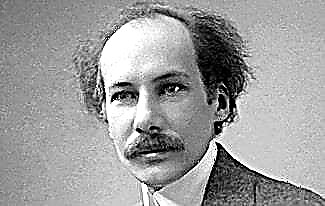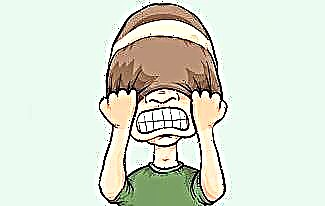What is trend and trend? Today these words can be heard even from old people, since they have become firmly established in the Russian lexicon. However, not all people know the true meaning of these concepts.
In this article we will explain what a trend is and what a trend means, as well as give examples of how these terms are used.

What is trend and what does the word trend mean
It is worth noting that both words came to us from other languages. Initially, I would like to draw your attention to the word trend.
Trend Is a relatively stable direction of development of a certain phenomenon. This word comes from the Latin "tendo", which literally means - direct or strive. The concept can be applied in a wide variety of areas: in politics, society, art, business, etc.
That is, a trend means a certain pattern of certain events. For example: "There is no doubt that in recent months there has been a positive trend towards strengthening the dollar." This means that there were clear patterns in the strengthening of this currency in a specific period of time.
Trend - this is the main tendency to change something. It is curious that the word "trend" is translated from English as - a trend. Thus, we can conclude that trend and trend have very similar meanings and in a sense are synonymous.
It is important to note that both concepts are always used for a specific time period. Expressions such as "a trend has emerged" or "a new trend has arisen" mean that on the basis of the information received, patterns have been identified that make it possible to determine the general vector of the further development of the process.
For example: "In winter, the dollar had a positive growth trend, while in the spring it began to fall rapidly." That is, in the first period of time there was one trend, and in the second it was already completely different.
As mentioned earlier, trends and trends are not limited to the financial sector alone. They are also applicable in art, politics, fashion and other fields.
Today you can often hear such an expression as “be in trend”. For example, in the world of fashion, the trend may be blue (green, white, black, etc.), a color that is relevant this year, while next year it will no longer be popular - “not in trend”. Thus, in one year, there was one trend, and in another completely different.
From all that has been said, we can conclude that trends and trends can be both positive and negative. They help to see the whole process as a whole, to determine its dynamics and to increase the chance of predicting the subsequent development of events.









